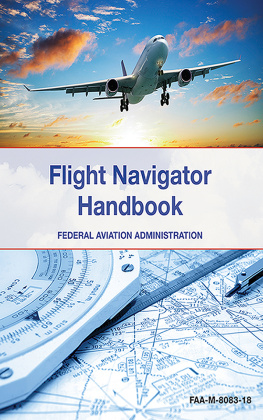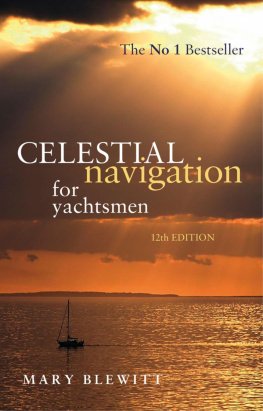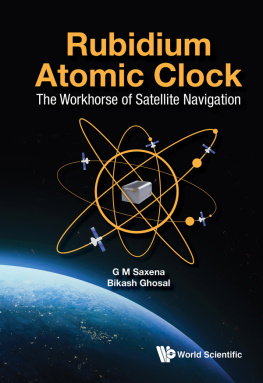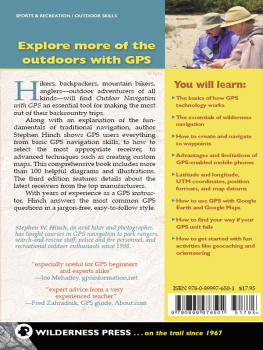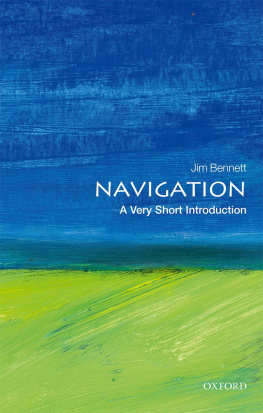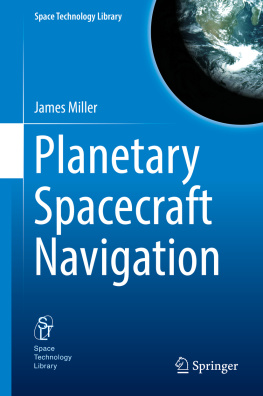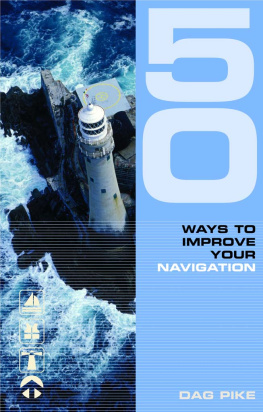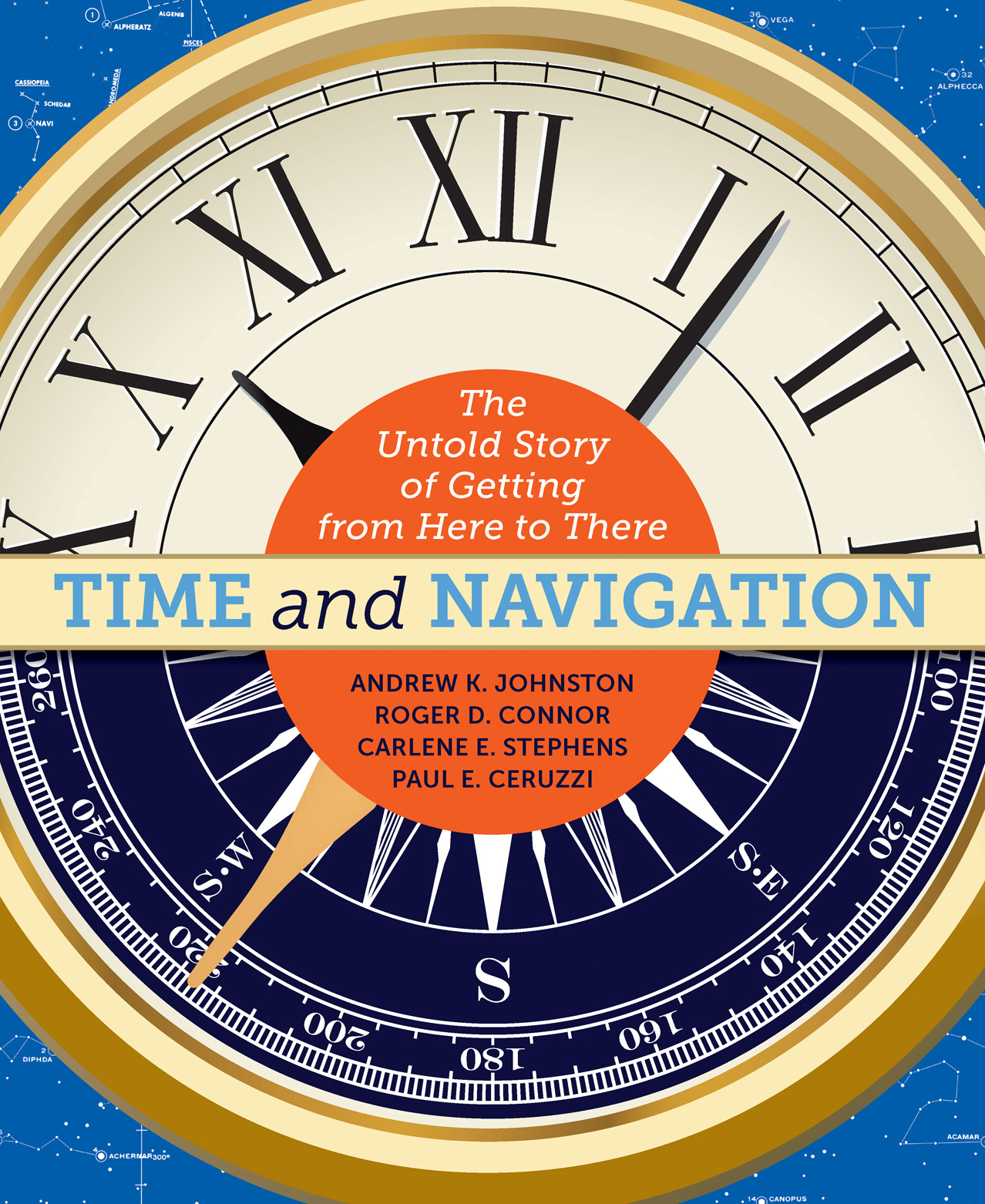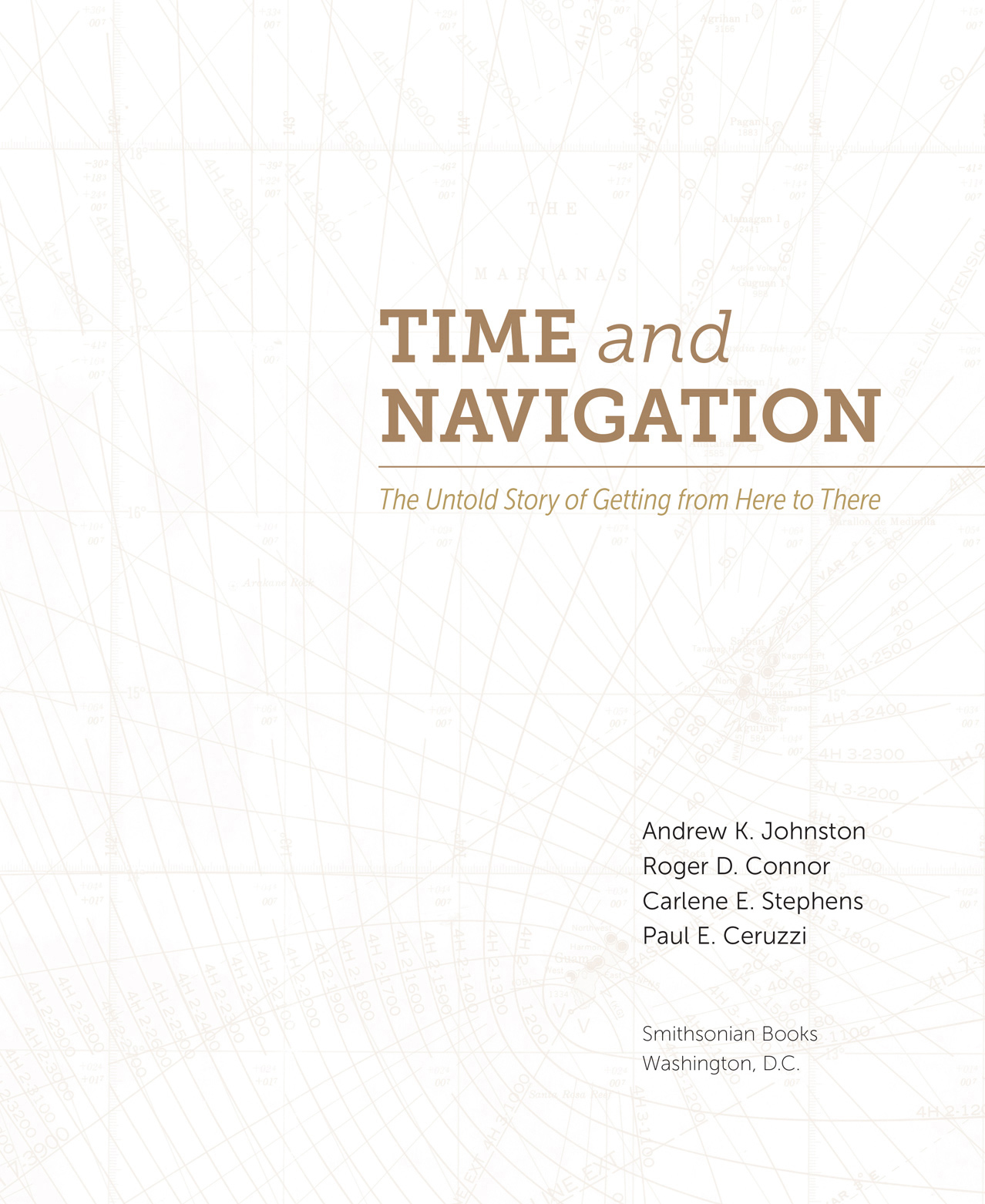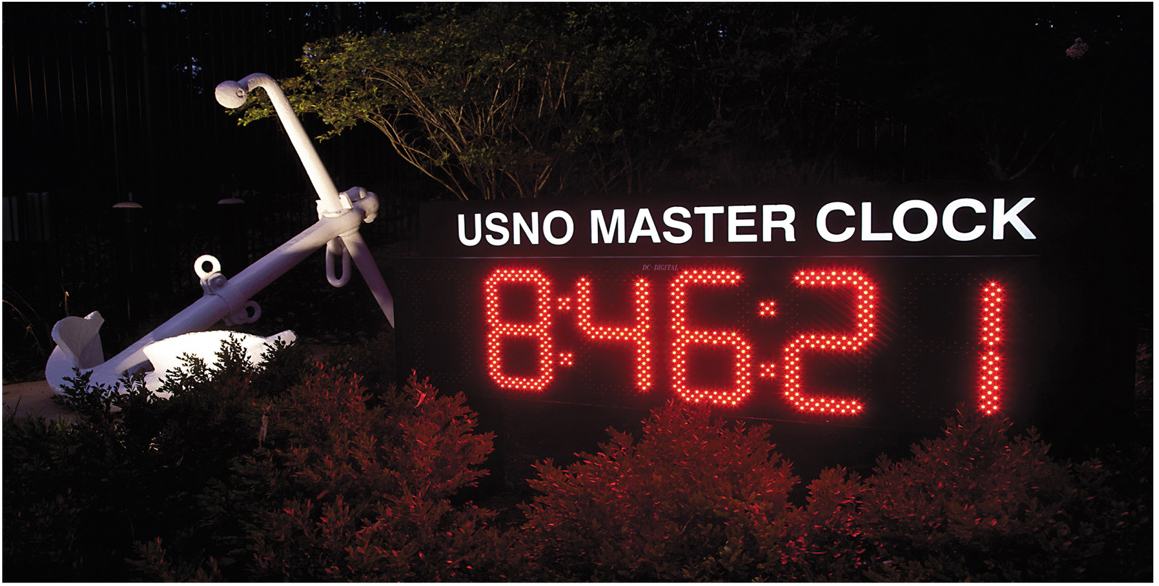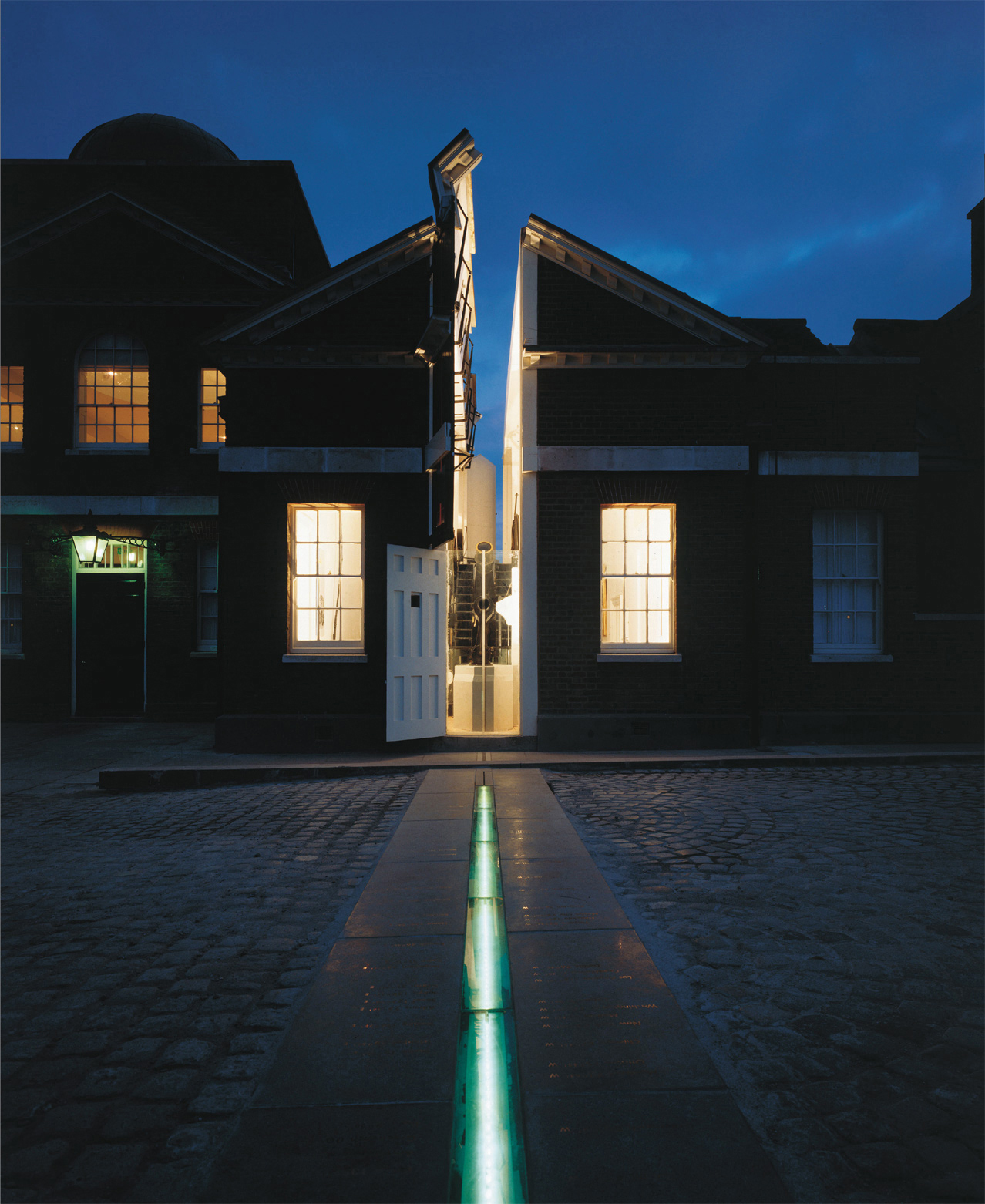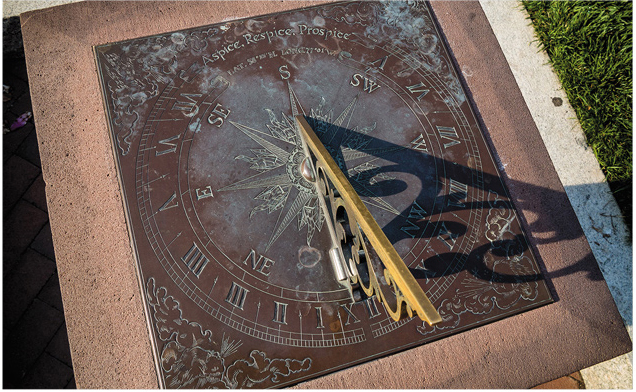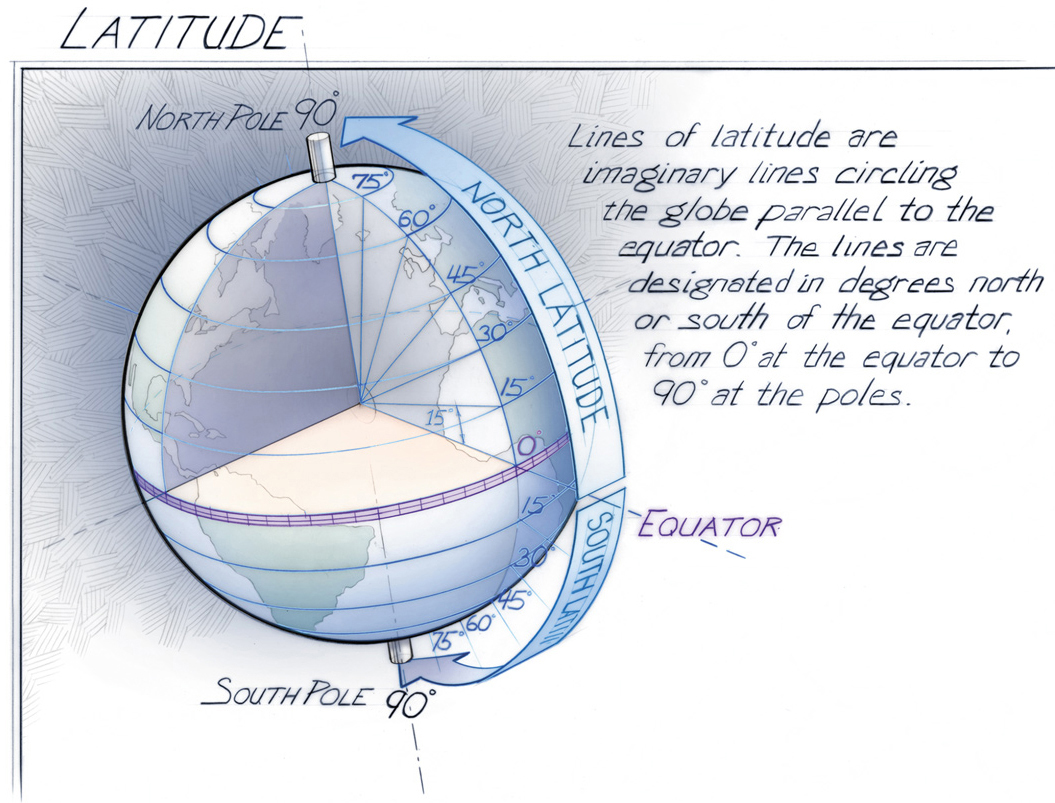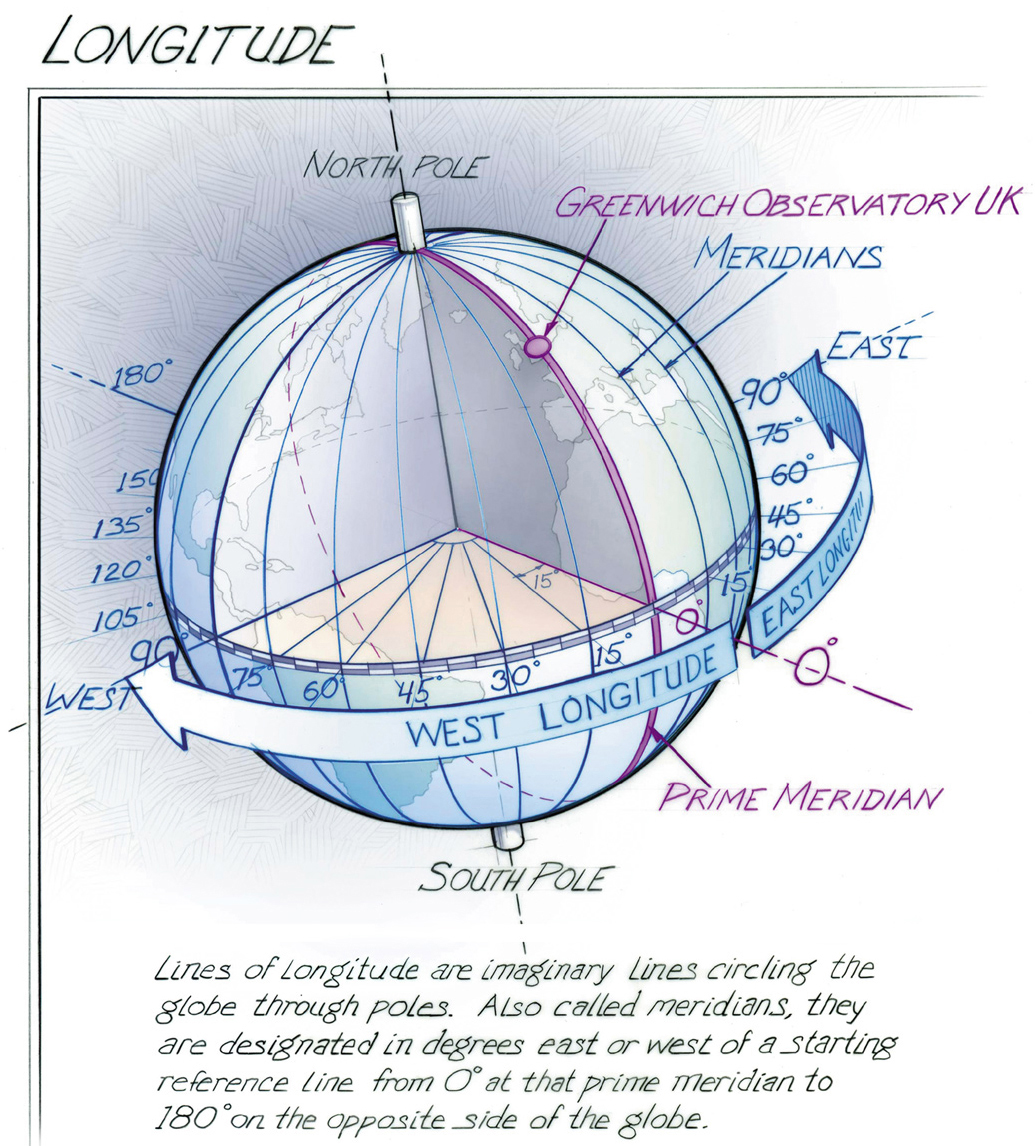Andrew K. Johnston - Time and Navigation: The Untold Story of Getting from Here to There
Here you can read online Andrew K. Johnston - Time and Navigation: The Untold Story of Getting from Here to There full text of the book (entire story) in english for free. Download pdf and epub, get meaning, cover and reviews about this ebook. year: 2015, publisher: Smithsonian Books, genre: Home and family. Description of the work, (preface) as well as reviews are available. Best literature library LitArk.com created for fans of good reading and offers a wide selection of genres:
Romance novel
Science fiction
Adventure
Detective
Science
History
Home and family
Prose
Art
Politics
Computer
Non-fiction
Religion
Business
Children
Humor
Choose a favorite category and find really read worthwhile books. Enjoy immersion in the world of imagination, feel the emotions of the characters or learn something new for yourself, make an fascinating discovery.

- Book:Time and Navigation: The Untold Story of Getting from Here to There
- Author:
- Publisher:Smithsonian Books
- Genre:
- Year:2015
- Rating:5 / 5
- Favourites:Add to favourites
- Your mark:
Time and Navigation: The Untold Story of Getting from Here to There: summary, description and annotation
We offer to read an annotation, description, summary or preface (depends on what the author of the book "Time and Navigation: The Untold Story of Getting from Here to There" wrote himself). If you haven't found the necessary information about the book — write in the comments, we will try to find it.
If you want to know where you are, you need a good clock. The surprising connection between time and place is explored in Time and Navigation: The Untold Story of Getting from Here to There, the companion book to the National Air and Space Museum exhibition of the same name.
Today we use smartphones and GPS, but navigating has not always been so easy. The oldest clock is Earth itself, and the oldest means of keeping time came from observing changes in the sky. Early mariners like the Vikings accomplished amazing feats of navigation without using clocks at all. Pioneering seafarers in the Age of Exploration used dead reckoning and celestial navigation; later innovations such as sextants and marine chronometers honed these techniques by measuring latitude and longitude. When explorers turned their sights to the skies, they built on what had been learned at sea. For example, Charles Lindbergh used a bubble sextant on his record-breaking flights. World War II led to the development of new flight technologies, notably radio navigation, since celestial navigation was not suited for all-weather military operations. These forms of navigation were extended and enhanced when explorers began guiding spacecraft into space and across the solar system. Astronauts combined celestial navigation technology with radio transmissions. The development of the atomic clock revolutionized space flight because it could measure billionths of a second, thereby allowing mission teams to navigate more accurately. Scientists and engineers applied these technologies to navigation on earth to develop space-based time and navigation services such as GPS that is used every day by people from all walks of life.
While the history of navigation is one of constant change and innovation, it is also one of remarkable continuity. Time and Navigation tells the story of navigation to help us understand where we have been and how we got there so that we can understand where we are going.
Andrew K. Johnston: author's other books
Who wrote Time and Navigation: The Untold Story of Getting from Here to There? Find out the surname, the name of the author of the book and a list of all author's works by series.

